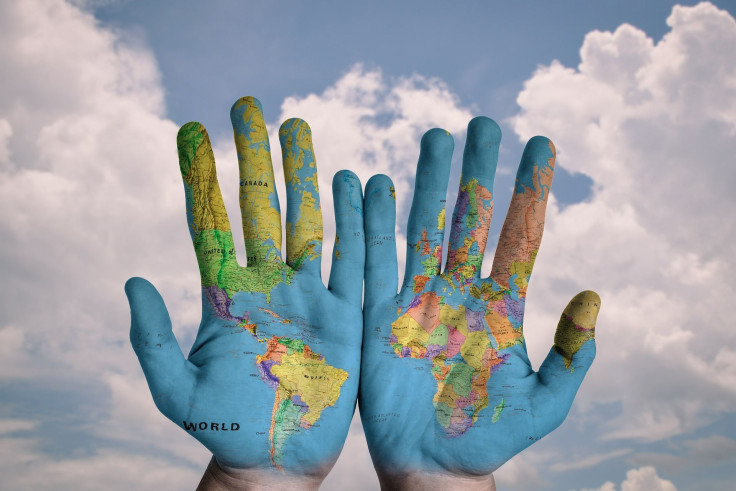Old Age Adds To World Population Growth With Elderly Numbers Projected To Break A Billion By 2050

Medical advances, scientific discovery, and innovative treatments have given rise to a rapidly growing population, and one of the fastest-growing parts of the population are seniors. A new report conducted by the United States Census Bureau and the National Institute of Aging (NIA) estimates the current elderly population will double by 2050. Today’s population of 65 and older constitutes 8.5 percent of people worldwide, but that number is set to spike to nearly 17 percent over the next few decades, a growth communities will need to accommodate with appropriate senior-focused services.
“Older people are a rapidly growing proportion of the world’s population,” NIA Director Dr. Richard J. Hodes said in a statement. “People are living longer, but that does not necessarily mean that they are living healthier. The increase in our aging population presents many opportunities and also several public health challenges that we need to prepare for. NIA has partnered with Census to provide the best possible data so that we can better understand the course and implications of population aging.”
The number of Americans over the age of 65 is expected to reach 88 million by 2050, which is an additional 48 million as of 2015. The U.S. is of particular concern because the country ranks as the 48th oldest in the world, which means seniors will account for 22.1 percent of the population. With a growing elderly population comes various concerns, including Medicare and other health care costs. However, that doesn’t necessarily mean fewer people will be going to work in the future. The report also found the labor-force participation among older people continues to rise.
But overall, an aging population reflects the “human success story of increased longevity,” according to the report. It’s no longer as rare to come across another person who’s 70 or 80 years old. Throughout both developed and developing countries, an elderly population represents general improvements in basic sanitation and advancements in medicine, along with a decrease in the amount of children women give birth to in conjunction with an increase in childbirth survival rate. When parents switch their resources from raising a large quantity of offspring to raising a smaller number of quality offspring, they increase the chances of living to a healthy, old age.
In some countries, the aging population will quadruple between 2015 and 2050 because the elderly population has become the fastest growing segment of their society, while the younger population increases the chances of their lifespan extending well beyond their predecessors. In culmination, the 80-and-older population in some rapidly growing Asian and Latin American countries should expect unprecedented growth in the next 35 years to come.
"We are seeing population aging in every country in every part of the world," said the acting director of the NIA’s Division of Behavioral and Social Research John Haaga, in the statement. "Many countries in Europe and Asia are further along in the process, or moving more rapidly, than we are in the United States. Since population aging affects so many aspects of public life — acute and long-term health care needs, pensions, work and retirement, transportation, housing — there is a lot of potential for learning from each other's experience."
Source: He W, Goodkind D, and Kowal P. An Aging World. International Population Reports. 2016.



























